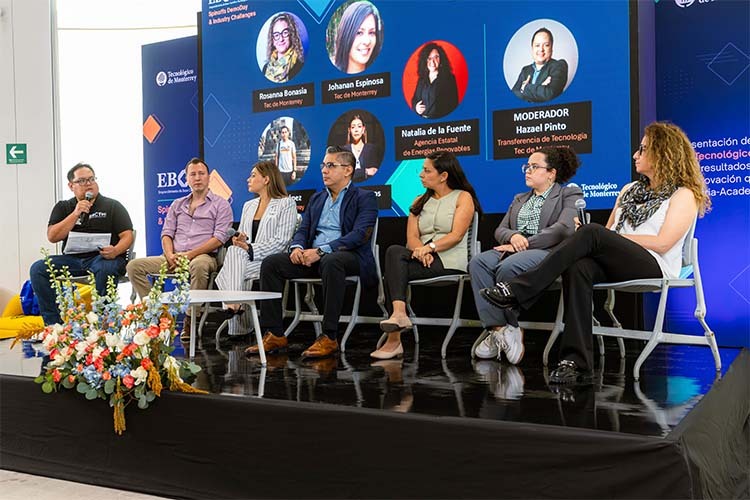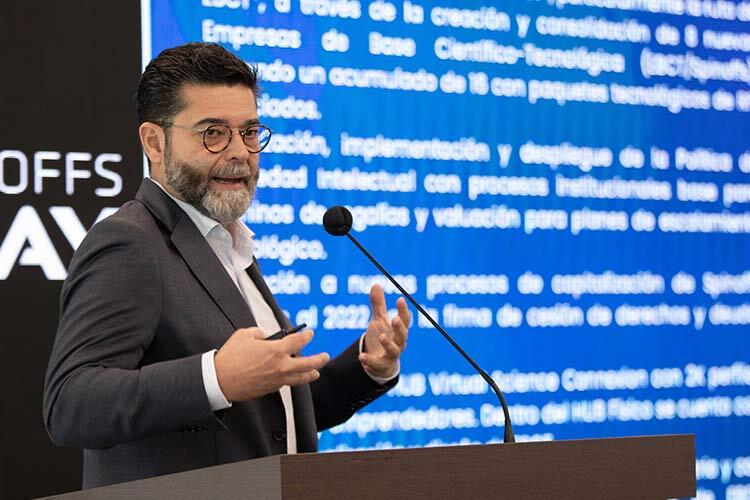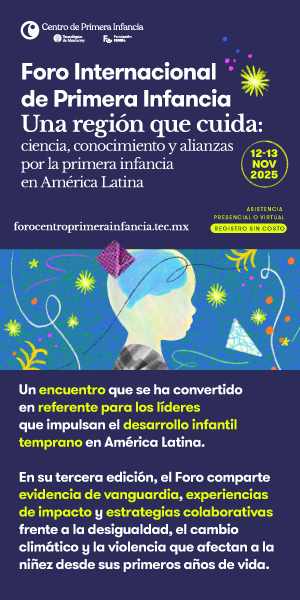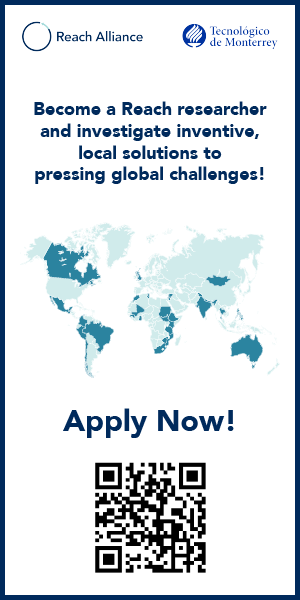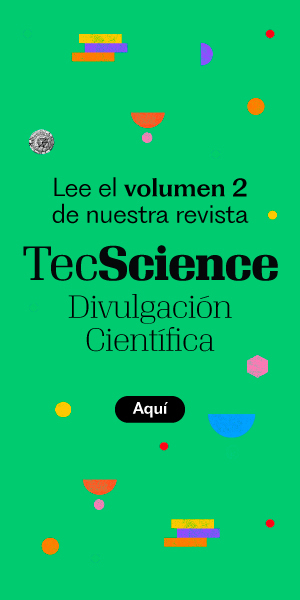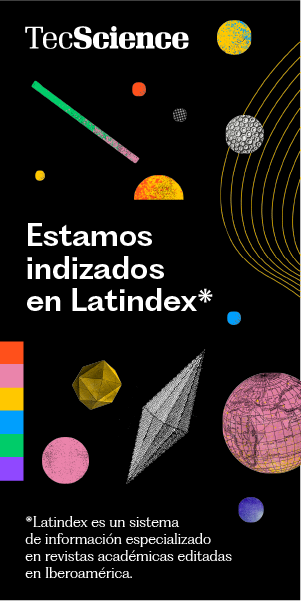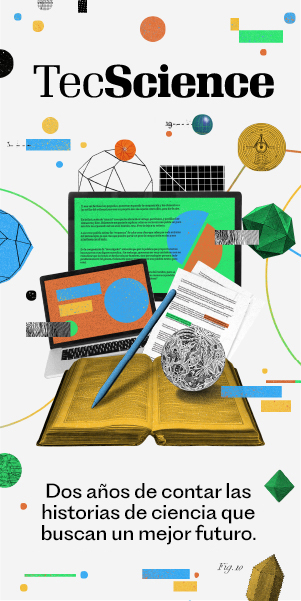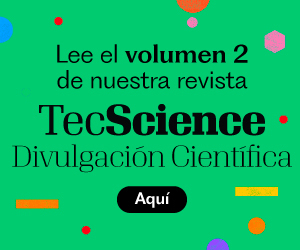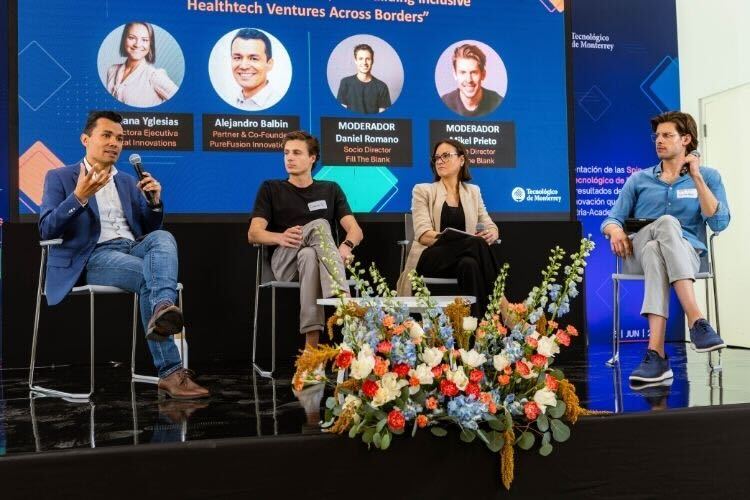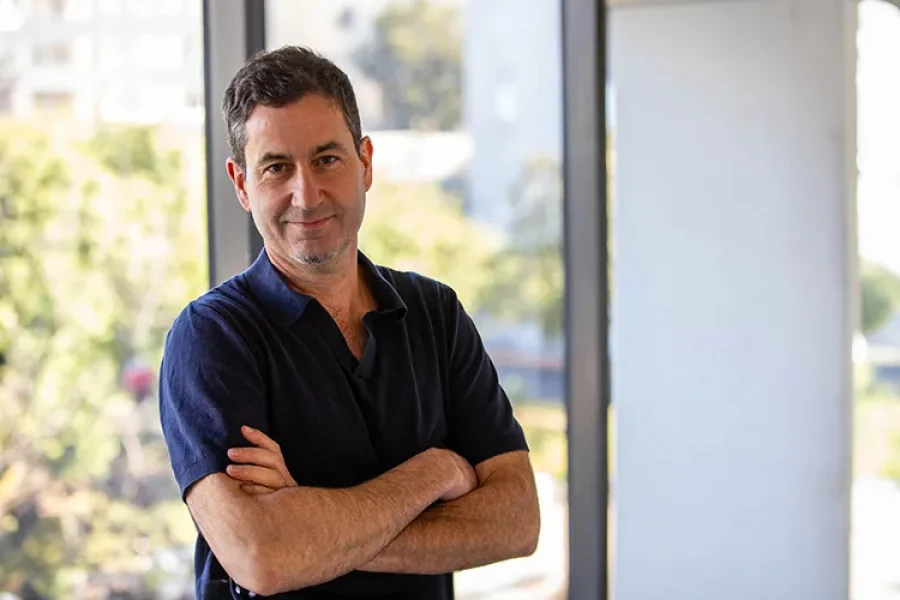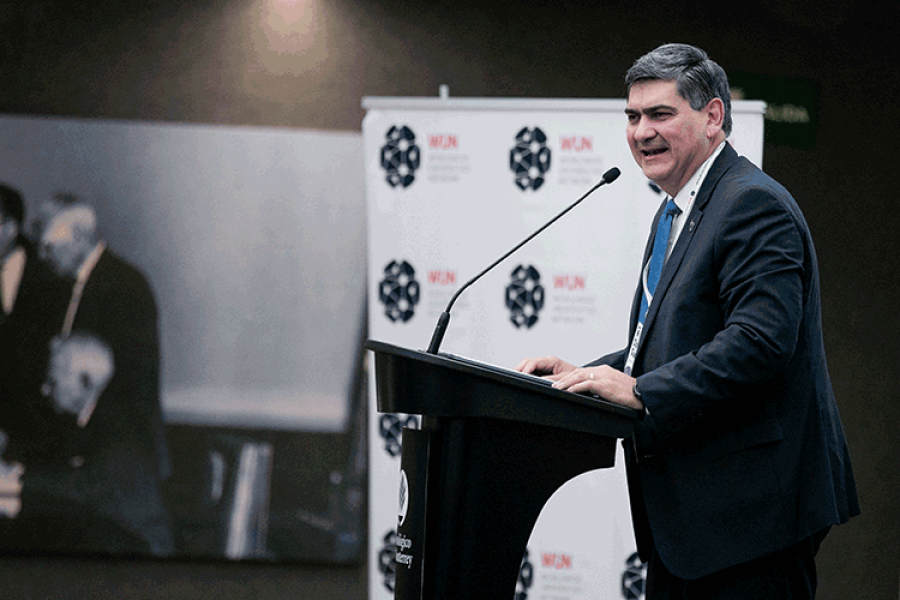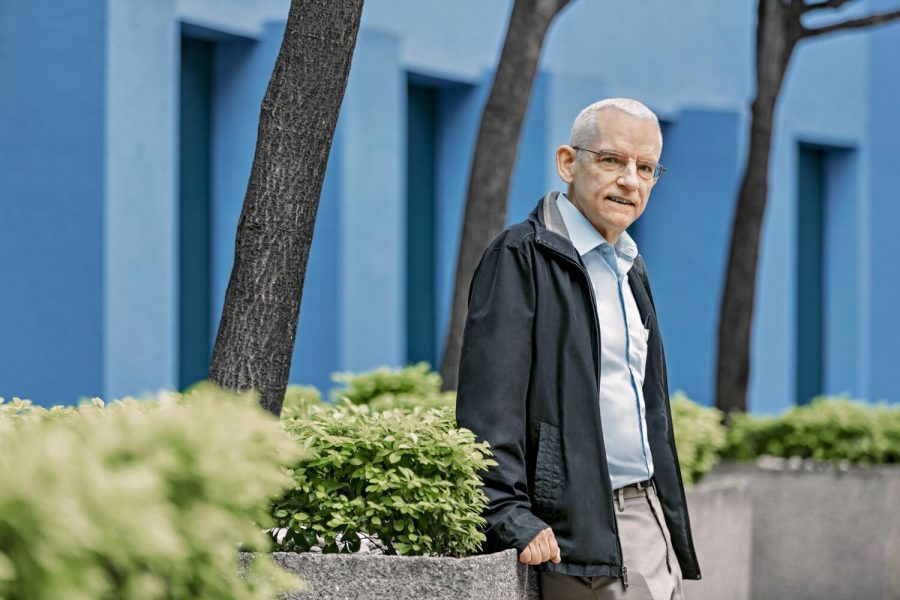Innovation in Mexico faces a fundamental challenge: closing the gap between academic research, market needs, and government realities. One proposal to address this is reversing the traditional innovation flow, instead of first developing technology and then seeking its application.
This was the message during the TEC-UFRO Innovation Challenges panel at the second edition of EBCTec Spinoffs DemoDay & Industry Challenges. The panel included researchers, entrepreneurs, and government representatives who shared their experiences in early collaboration between university, industry, and government.
Among the biggest innovation challenges they discussed was how to get academic researchers to collaborate with companies from the project’s inception. Yanett Gallegos, director of research, development and processes at Altus Biotech, explained that technological and commercial development must advance in parallel, not sequentially. “If you don’t carry it out in parallel, it’s very difficult for real technology transfer to occur,” said Gallegos.
She proposes starting from market needs like she does at Altus Biotech, where her team works primarily with farmers to develop biological products for agriculture.
In her experience, “the need doesn’t come from inside out, but from outside in. That is, what does the client need, what does the consumer or farmer need?” she explained. It’s a major shift that places the end user at the center of the innovation process from day one.
The Government Equation
Separately, the public sector introduces other variables to the collaboration equation. Natalia de la Fuente, from the Renewable Energy Agency of Nuevo León, identified one of the structural problems that can impede government participation: political discontinuity.
“The duration of an administration or even the change in internal staff rotation undermines government participation,” she said.
She highlighted how Nuevo León has developed a solution to this obstacle that transcends traditional political cycles. The Nuevo León Council is a non-partisan public-private organization responsible for the state’s strategic planning, helping subsequent governments continue along the same plans.
This hybrid model, explains de la Fuente, offers the continuity that innovation projects require, regardless of administrative changes.
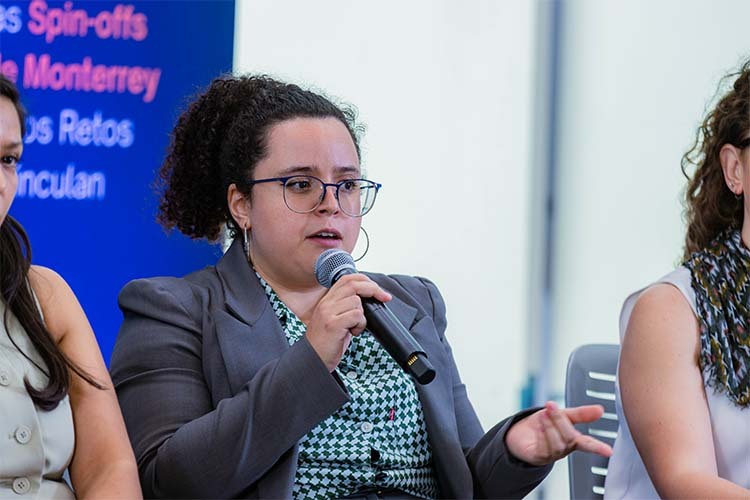
Communication: Beyond Information Exchange
For the three innovation axes to function, panelists highlighted how effective communication is a fundamental element for successful collaboration. Edgar López, research professor of new technologies at Guadalajara Campus, emphasizes the importance of separating collaborators’ roles to have effective communication. “We as researchers are responsible for our laboratories and want to direct the entire project,” said López.
In his experience, this leads researchers to not want to share results until they reach the ideal point. However, for successful collaboration, “we have to share them because maybe we found something that is not precisely what was intended for that project,” said López.
This philosophy materialized dramatically in the work of Rosanna Bonasia, research professor and leader of the Water 360 research group at the School of Engineering and Sciences. Her collaboration with Naturgy to develop a digital twin that predicts floods illustrates how direct contact with end users completely redefines technological development.
“The main advantage is that we have direct information about the needs of whoever wants to use our product.” This direct communication not only informed development but oriented it toward useful solutions.
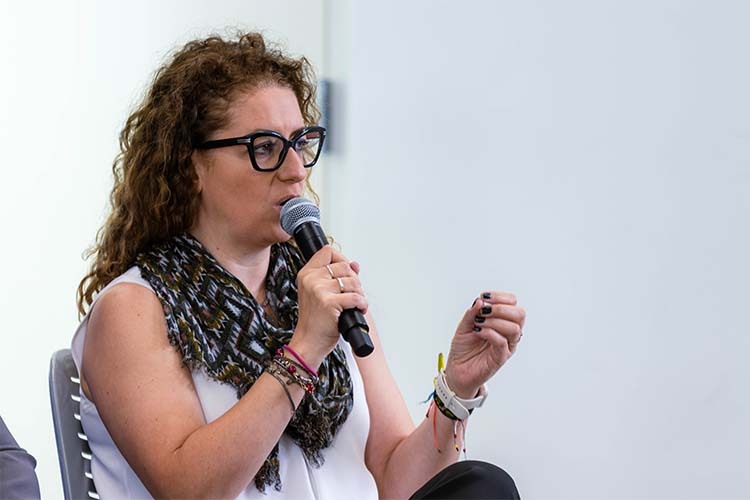
Researchers, Entrepreneurs, and Officials Toward a Common Language
University-industry collaboration transcends simple technology transfer; it represents a reimagining of how knowledge is generated and applied. And it’s not just researchers who are responsible for sharing their results.
“The part of transforming basic science into applied science and then translating a solution into a service or product is indispensable,” said Gallegos from the perspective of companies collaborating with universities. “But you have to have drive and clarity in how processes are carried out.”
According to the panelists, the future of Mexican innovation depends on abandoning traditional institutional silos and embracing a model where academia, industry, and government operate as equal partners.
Only through this genuine integration can researchers close the gaps that have historically separated the laboratory from the market, transforming scientific knowledge into solutions that tangibly impact society.
The experts’ resounding message was that this change requires researchers, entrepreneurs, and officials to develop a common language, share risks, and commit to objectives that transcend their individual institutions.
The panel was supported by the UFRO-Tec Innovation Fund, a collaboration agreement between Tecnológico de Monterrey and the University of La Frontera in Chile (UFRO) that seeks to generate high social impact projects in technology.
Did you find this story interesting? Would you like to publish it? Contact our content editor to learn more at marianaleonm@tec.mx
